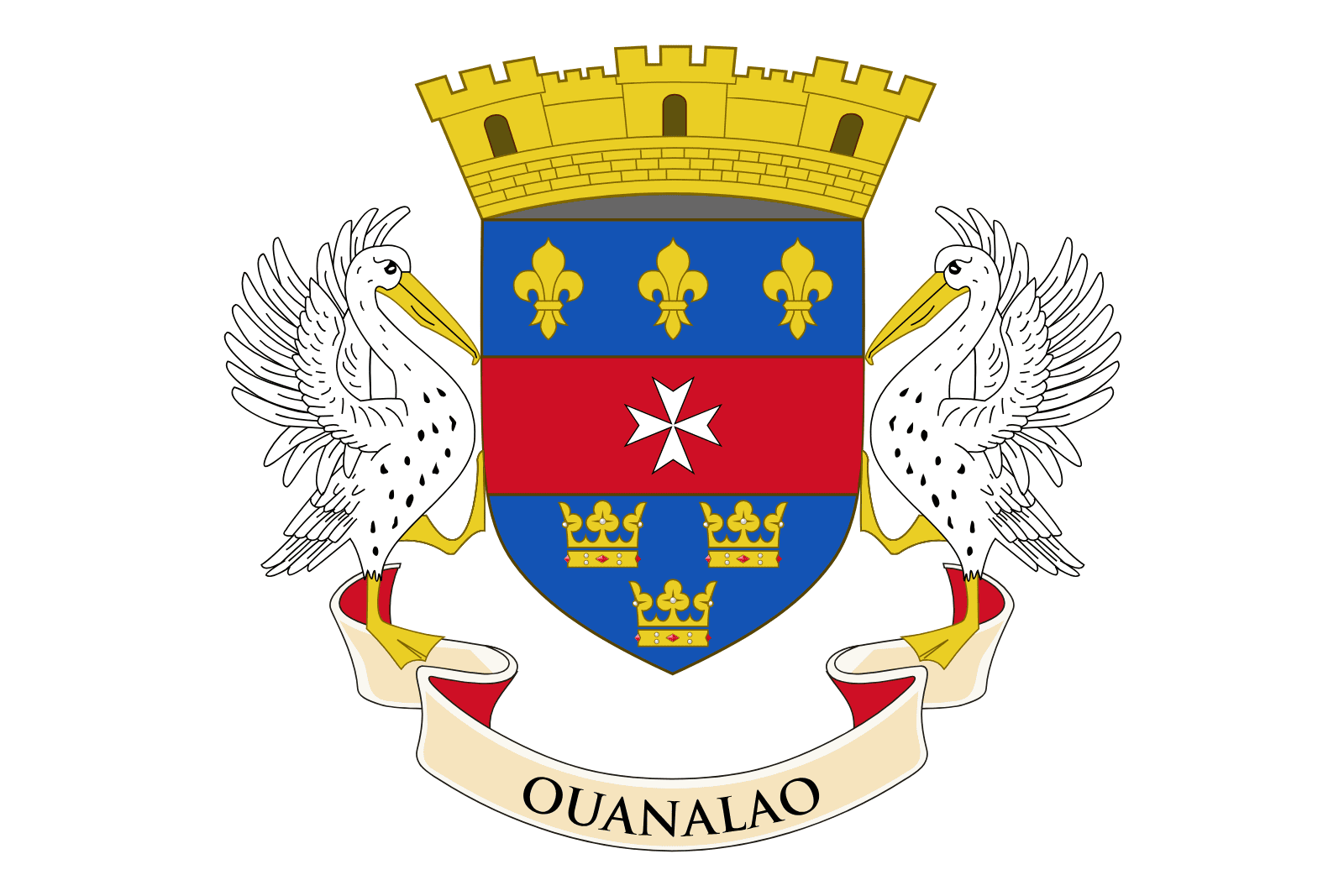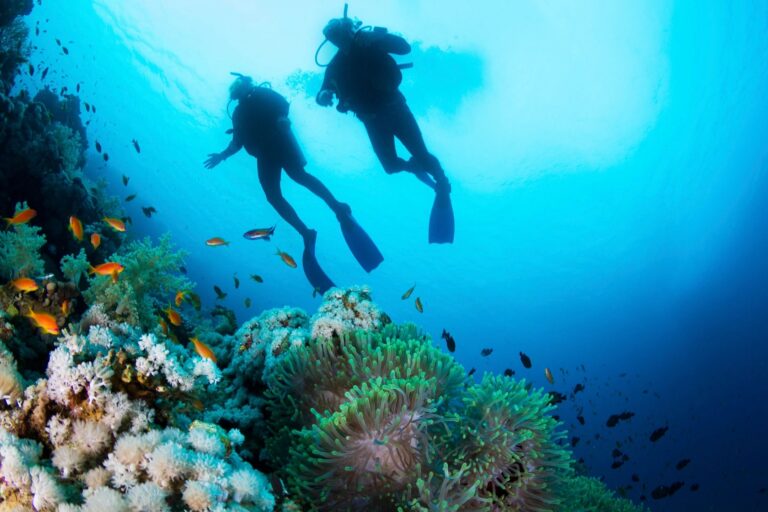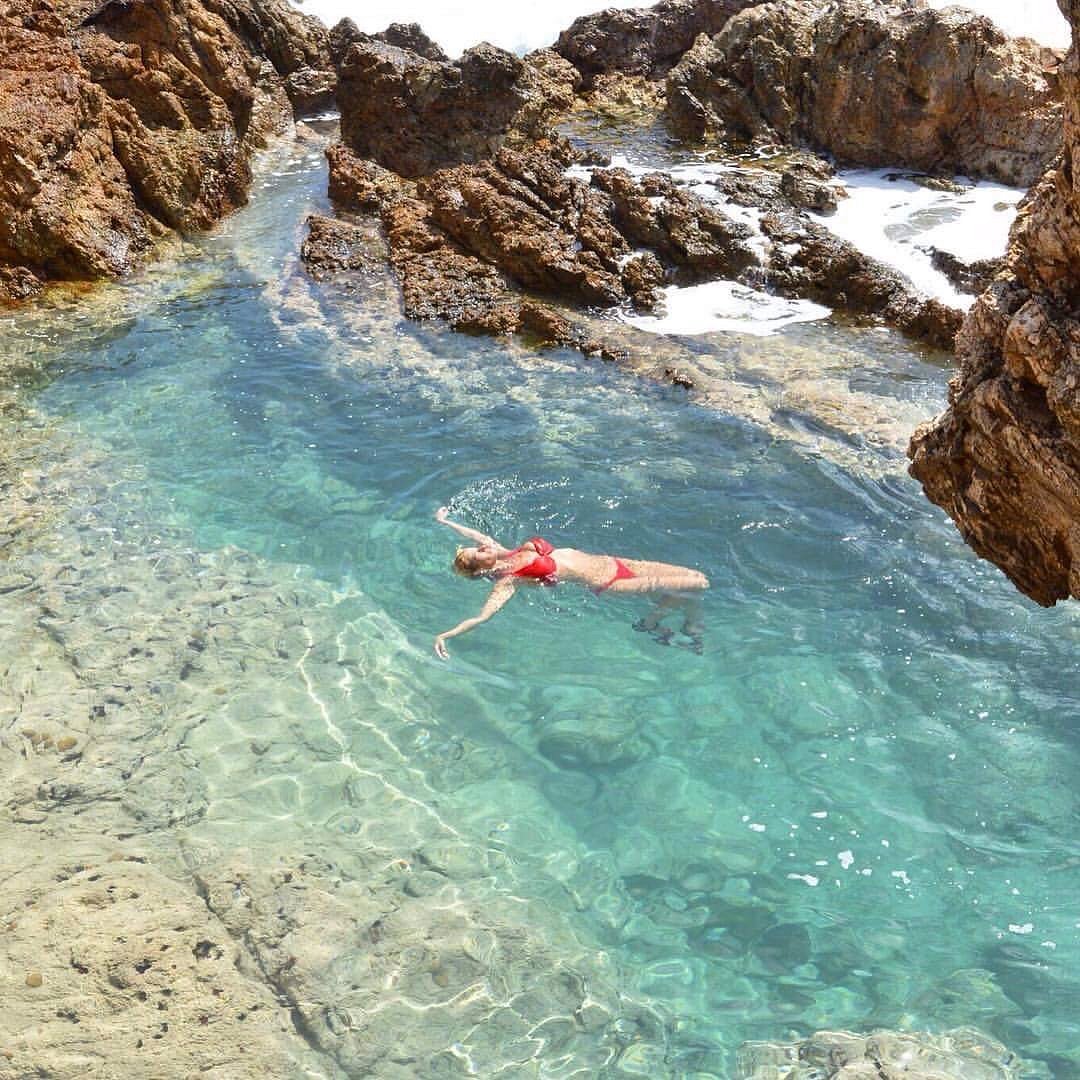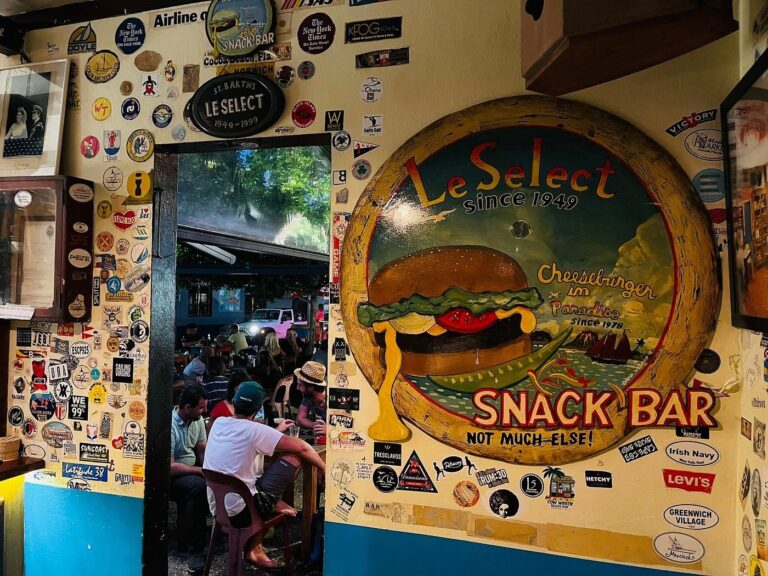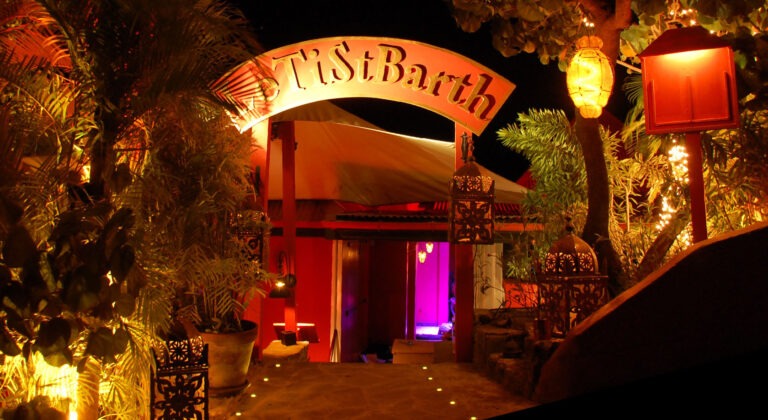Fourchue Island
Fourchue Island, or Île Fourchue, is a small, crescent-shaped piece of paradise situated roughly halfway between the island of Saint-Barthélemy (commonly known as St. Barths) and St. Maarten in the Caribbean. This tiny uninhabited island is part of the St. Barths territorial collectivity of France, and it offers a striking contrast to the bustling, glamorous life found on its more famous neighbor.
Geography and Natural Features
Fourchue Island spans only about 100 acres in area, but its rugged, volcanic terrain makes it visually dramatic and a significant landmark for sailors and adventurers alike. The island’s highest point reaches up to 104 meters, providing breathtaking panoramic views of the Caribbean Sea and surrounding islands. The terrain is marked by rocky cliffs, steep hills, and sparse vegetation, which includes cacti and hardy shrubs adapted to the arid climate.
The surrounding waters are part of the Réserve Naturelle (natural reserve) of Saint-Barthélemy, which was established to protect the diverse marine life and coral reefs. These waters are crystal clear, ranging from deep blue to vibrant turquoise, making them ideal for snorkeling and diving. The coral reefs are home to a plethora of marine species, including colorful fish, sea turtles, and occasional sightings of dolphins and whales.
History
Fourchue Island’s history is relatively obscure, mostly noted for its natural resources rather than any significant human settlement or development. The island was occasionally used for grazing goats and as a fishing base. In the 17th and 18th centuries, the Caribbean islands were hotspots for European powers, and although Fourchue itself was never the site of major settlements, its proximity to St. Barths meant it was influenced by the various colonial activities, including the French, British, and Swedes, who at different times controlled St. Barths.
Conservation Efforts
Today, the primary focus for Fourchue Island is conservation. Being part of the natural reserve, it is protected under laws that limit human activity to preserve its environment. Visitors are allowed on the island, but they are encouraged to respect the fragile ecosystem. There are no permanent structures, and anchoring is restricted to certain areas to avoid damage to the coral reefs.
The conservation efforts are crucial for maintaining the biodiversity of the area. The marine reserve helps to ensure the survival of various species by providing a sanctuary free from fishing and industrial activity. This protection is vital not only for marine life but also for the birds that nest on the island’s rocky cliffs.
Tourism and Activities
Although Fourchue Island does not have the luxury resorts, fine dining, and high-end shopping that St. Barths is known for, it offers a unique experience for those looking to escape the typical tourist paths. The island is a popular day-trip destination for those staying in St. Barths, often visited by yacht or boat charter.
The main activities on Fourchue are related to the natural environment. Snorkeling and diving are the most popular due to the excellent visibility and the abundance of marine life. The clear waters make it easy for even novice snorkelers to enjoy the vibrant underwater scenes. Hiking is another activity enjoyed by visitors, though the terrain can be challenging, the views from the top are well worth the effort.
For those interested in photography or simply soaking in the natural beauty, Fourchue provides countless opportunities. The untouched landscapes, the serene sea views, and the rugged coastline offer moments of peace and solitude that are hard to find in more developed areas.
Access and Regulations
Access to Fourchue Island is strictly regulated. Visitors must obtain permission, and there are fees associated with anchoring near the island. These regulations are in place to protect the environment and ensure that tourism does not negatively impact the ecological balance.
The best way to visit Fourchue is to arrange a trip through one of the charter companies based in St. Barths. These companies are familiar with the regulations and can provide guided tours that respect the conservation efforts. These tours often include equipment for snorkeling and may provide light refreshments.
Conclusion
Fourchue Island is a hidden gem in the Caribbean, offering a stark but beautiful contrast to the bustling luxury of nearby St. Barths. Its rugged landscape and protected waters provide a sanctuary for wildlife and a haven for those seeking tranquility and a connection with nature. While it might not provide the conventional comforts found on other Caribbean islands, its pristine environment offers a unique and memorable experience for those lucky enough to visit.

